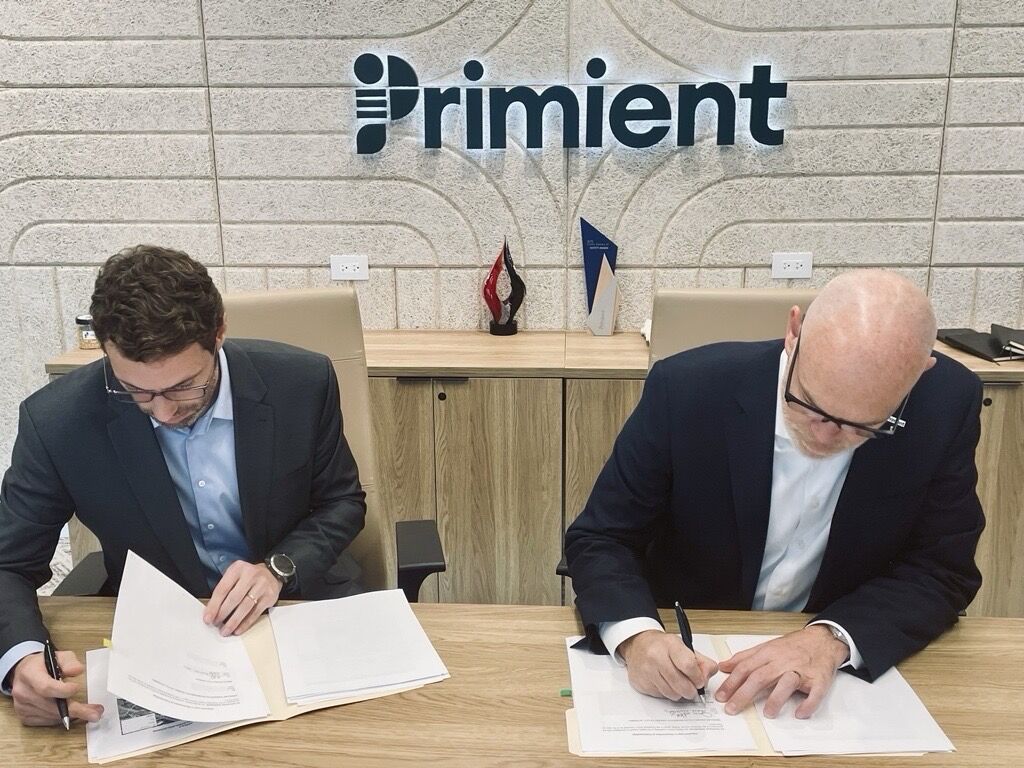Tecnon OrbiChem’s 10th Bio-Materials & Intermediates issue is now out and here are the highlights of the report:
Ethylene/Polyethylene
Petro-based PE coatings are being replaced by bio-based and biodegradable resins
Glycols
Jilin Zhongxin Chemical Group is building a 120 ktpa bio-based EO with bio-based MEG as byproduct
Polyethylene Terephthalate
5-Chloromethylfurfural (5-CMF) is being developed as an alternative to 5-hydroxymethylfurfural (5-HMF)
Polyamides
The US imported 800 tons of sebacic acid in April this year, up 25% compared to March
Butanols
Gevo has shipped isobutanol-derived paraxylene to Toray
Epichlorohydrin
Purchasing interest in bio-based ECH in China remains weak
Butanediols
LanzaTech is on schedule to meet its goal to design commercial bio-butadiene units by 2015 via the
2,3 BDO route
Succinic Acid
Reverdia is looking to build a new 50 ktpa bio-succinic acid facility to start by 2016
Polyols
INVISTA has manufactured its first commercial batch of TERRIN™ 170 polyol that contains recycled
or renewable materials
Fatty Acids
Arizona Chemical is increasing its tall oil fatty acid pricing by 5 c/lb
Fatty Alcohols
The debate over Indian import duties on fatty alcohols continues to heat up
Glycerol
US imports of Argentine glycerine for first quarter 2014 are at record-high
Polylactic acid (PLA)
Calysta demonstrates laboratory-scale production of lactic acid from methane
To view sample or subscribe please click here
I am hoping to be able to blog this week before I hit the road for my first vacation of the year (woohoo!). This one is a big news from Matrica, the 50/50 Italian joint venture between bioplastic producer Novamont and chemical company Versalis (Eni). The joint venture recently started-up its new green chemistry complex in Porto Torres, which will have three plants that will produce a total capacity of 70 ktpa bio-products using vegetable oils as feedstock.
Some of the intermediates that will be produced include azelaic acid and pelargonic acid as well as a mixture of C5-C9 linear monocarboxylic acids used mainly in the production of synthetic esters for high performance lubricants. The complex will also produce saturated fatty acids, high purity glycerine, bio-extender oils, and plasticizers, among others.
So what are azelaic acid and pelargonic acid, you ask? I am actually also not familiar with these acids but I do hear them mentioned once in a while in conferences. Azelaic acid, a dicarboxylic acid, is said to constitute an excellent base for plasticizers and esters destined for the lubricants sector, while it is also used in personal care products and pharmaceuticals. It is also an important monomer for the production of bioplastics. I think Emery Oleochemical’s natural oil polyols, Emerox, actually use azelaic acid as one of its raw materials.
Pelargonic acid belongs to the monocarboxylic acid family, and is the only broad-spectrum herbicide of natural origin, according to Matrica. The mono-acid is an ideal raw material for applications in cosmetics, personal care products, detergents, food fragrances and the synthesis of bio-lubricants.
The Matrica project started in 2011 with the objective of converting Versalis’s petrochemical plant at Porto Torres into an integrated green chemistry complex with a global investment of €180 million. The first Matrica-branded products will be used for applications in bioplastics, bio-lubricants (hydraulic and engine oils), additives for rubber and polymers, and in agriculture and personal care.
Matrica already opened its research center in 2012 at the site with seven pilot plants and an analytical laboratory. The project includes Novamont-led experimentation of local agricultural crops from which the raw material to feed the Matrica plants may be obtained. The company has about 400 hectares of thistle currently being grown. Other experiments include dry oilseed crops of potential industrial interests that are grown on small lots of land.
The Matrica project recently obtained a 12-year, €70 million loan from the European Investment Bank (EIB). Once complete by 2017, the project will encompass an area of around 27 hectares with various plants contributing to a total capacity of around 350 ktpa of bio-based products and chemicals.





